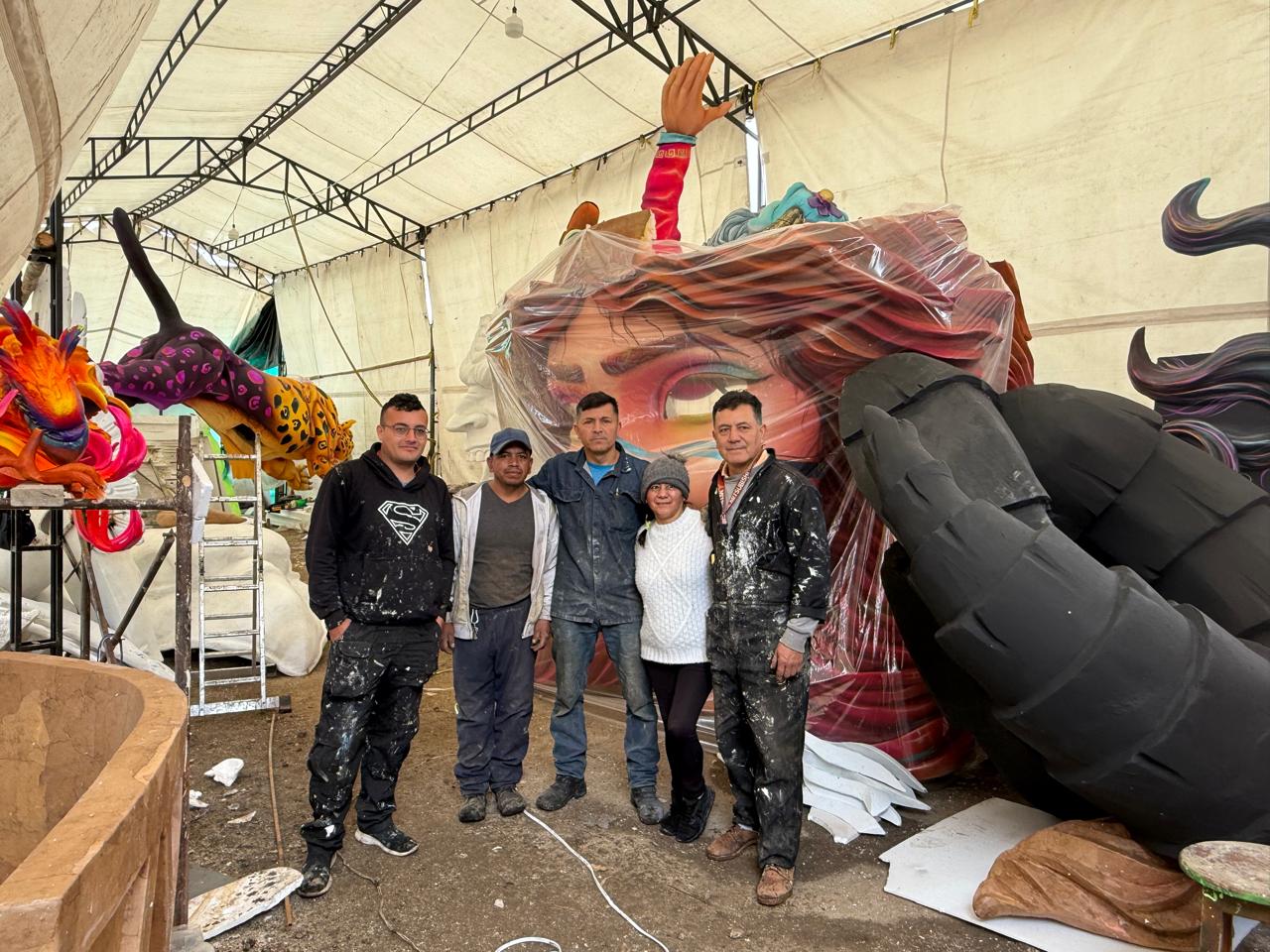
Mapping of ancient citadel shines new light on Tiwanaku civilization
The creation of a topographical map of the ancient citadel of Tiwanaku, some 71 kilometers (44 miles) west of La Paz, Bolivia, has been made possible by a UNESCO-sponsored project helmed by Spanish archaeologist Jose Ignacio Gallegos.
"Discovering this sitemap is one of those things that don't usually happen to scientists," Gallegos told EFE, adding that he had been studying the Tiwanaku civilization for years when he was offered the job.
The mapping - which was done with the help of high-tech drones and satellites - uncovered an assortment of buried public buildings and housing complexes spread throughout a 748-hectare (1,848-acre) surface.
CONTENIDO RELACIONADO
"Tiwanaku is one of the most interesting civilizations because we don't know a lot about it," he said. "We have been researching it for almost 150 years and a myriad of details still escape us."
Tiwanaku - which was the capital of the eponymous pre-Columbian empire - is home to the remains of the Kalasasaya courtyard, the Gate of the Sun and the Semi-Subterranean Temple.
According to some Bolivian researchers, the Tiwanaku civilization started out as a village around 1580 BC, becoming an imperial state by 724 AD and finally falling around 1187.
The site was added to the UNESCO World Heritage List in 2000 and still holds great spiritual significance to the Andean world.
For that reason, the citadel is the scene of the Aymara New Year celebration every June 21 and has been chosen as the site for President Evo Morales's investiture as leader of all indigenous peoples following his electoral victories of 2006, 2010 and 2015.










DEJE UN COMENTARIO: